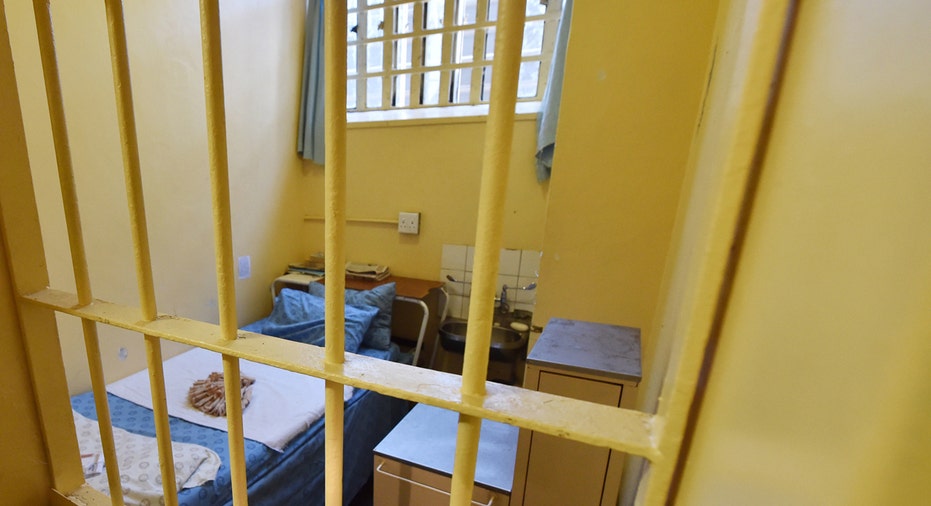Does Your State Spend More On Prison Than College? 11 States Do; Find Out If Yours Is One

It is unfortunate when a state feels it has to spend more on its correctional system than it does on its system for higher education. Yet that was the case for some states, as noted in a recent publication from the American Academy of Arts & Sciences (AAAS). According to Public Research Universities: Changes in State Funding, eleven states fell into this category. They are: New Hampshire, Oregon, Arizona, Michigan, Pennsylvania, Vermont, Colorado, Delaware, Rhode Island, Massachusetts, and Connecticut.
The numbers come from the Kaiser Family Foundation report on the distribution of state general fund expenditures for fiscal 2013, so given the continuing downward trend of educational funding, more states may be in the same position by now. If appropriations for non-four year institutions such as community colleges and technical schools are excluded, there are definitely over eleven states spending more on prisons than on colleges.
The largest percentage of correctional spending was in Michigan, where prison spending neared a whopping 23% of general fund expenditures. However, the largest discrepancy was in Oregon where corrections spending consumed almost 10% more of the general fund expenditures than higher education did.
This is not surprising given recent funding trends. Funding for prisons has increased — 141% since 1986 — and some systems are still dealing with overcrowding. That is part of the reason for a renewed interest in revising mandatory sentences and looking at alternatives for non-violent offenders.
The Obama administration recently suggested that reforming sentencing laws could realize an estimated $15 billion in savings and that the savings could be redirected toward schools. However, only the states have the power to enact such reforms, and many state legislators are lukewarm to the idea at best.
At the same time, public universities took a huge hit during the Great Recession and have never recovered. Overall, public university funding within state budgets has been cut by approximately 20% since 2008. Not surprisingly, tuitions at state universities have risen by 28% in that same time period.
Public research universities have taken an even larger hit. The median decline in inflation-adjusted state appropriations for public research universities was 26.3%. At 29 state institutions, the inflation-adjusted state support dropped by more than 40%.
States are caught in a difficult position with respect to university funding. States have massive Medicaid and pension obligations that take up large amounts of the budget, and thanks to the Affordable Care Act and subsequent Medicaid expansion, those costs will continue to rise. Moody's Analytics expects Medicaid spending to increase at a greater rate than tax revenue in each year from 2017 through 2024, squeezing budgets even further.
Primary and secondary education funding have also suffered since the recession, and legislators are likely to get more hostile feedback in cutting K-12 education than they will for collegiate cuts. Finally, infrastructure needs are a priority in many states, as they should be — but they take even more funds out of the state budget.
General taxes are a hard sell in many states, and taxes targeted for higher education are a really hard sell. Given tepid economic growth, it seems likely that public universities will continue to struggle with funding issues and are likely to keep raising tuitions. It's possible that fewer states will spend more on corrections than they will on higher education in the future, but if that happens, it will probably be because sentencing reform succeeds and drops prison costs — not because funding for public universities is restored to pre-recession levels.
More from MoneyTips.com:Do Graduates Get Their Money's Worth Out Of Higher Education?Saving for Your Child's College ExpensesAverage College Costs



















